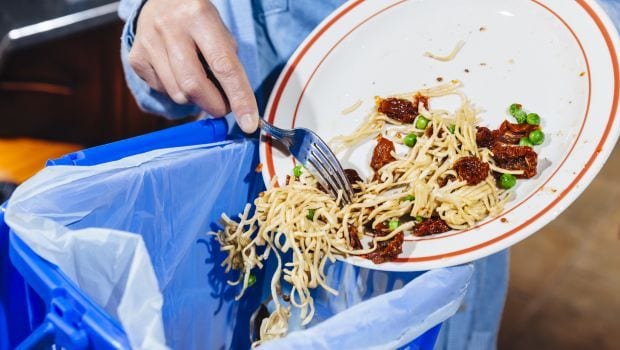In order to reduce post harvest food losses, estimated at Rs 1,00,000 crore, the government today said it will promote new technologies that help increase the shelf life of pulses and other grains.Efforts are also being made, it said, to strengthen storage infrastructure with modern silos by giving huge subsidies under various government schemes.Addressing a global conference on controlled atmosphere and fumigation in stored products, Food Processing Secretary Avinash K Srivastava pitched for use of science and technology to address the problem of food wastage in the country.
"Apart from increasing production, we should take steps to control and reduce post harvesting losses. Unparallel role of technology is now being hailed... The advantage of technology is great in so far as conserving and improving our production and by-products," he said.At present, post harvest food losses are to the tune of Rs 1,00,000 crore, which is 1 per cent of the country's GDP."If we reduce the losses, that much increase in GDP would be seen," he said.Stressing upon the need to promote new technologies, Srivastava highlighted the advantage of 'Buhler grain technology' for pulses and JVM technology for citrus fruits in increasing the shelf life of the products.Since India faces shortage of pulses, he said this technology can be used. Already, some private players in Maharashtra and Gujarat are using it on a small scale.Asked on the sidelines of the event that if the government will promote such technologies, he said,"Definitely, we are there to push such new technologies that will help reduce wastage."Highlighting government schemes that promote setting up of storage facilities, the Secretary said private players are being roped in this area and modern silos are coming up gradually.Srivastava also mentioned that the government will soon conduct a fresh study to ascertain the extent of post harvest food losses in the country.The current post harvest food loss of Rs 1,00,000 crore was estimated in 2014 and this needs to be updated, he added.The four-day international conference is being organised by agro-chemical firm UPL Ltd and Indian Council of Agricultural Research. The event is organised once in four years and the last one was held in Turkey.(This story has not been edited by NDTV staff and is auto-generated from a syndicated feed.)
"Apart from increasing production, we should take steps to control and reduce post harvesting losses. Unparallel role of technology is now being hailed... The advantage of technology is great in so far as conserving and improving our production and by-products," he said.At present, post harvest food losses are to the tune of Rs 1,00,000 crore, which is 1 per cent of the country's GDP."If we reduce the losses, that much increase in GDP would be seen," he said.Stressing upon the need to promote new technologies, Srivastava highlighted the advantage of 'Buhler grain technology' for pulses and JVM technology for citrus fruits in increasing the shelf life of the products.Since India faces shortage of pulses, he said this technology can be used. Already, some private players in Maharashtra and Gujarat are using it on a small scale.Asked on the sidelines of the event that if the government will promote such technologies, he said,"Definitely, we are there to push such new technologies that will help reduce wastage."Highlighting government schemes that promote setting up of storage facilities, the Secretary said private players are being roped in this area and modern silos are coming up gradually.Srivastava also mentioned that the government will soon conduct a fresh study to ascertain the extent of post harvest food losses in the country.The current post harvest food loss of Rs 1,00,000 crore was estimated in 2014 and this needs to be updated, he added.The four-day international conference is being organised by agro-chemical firm UPL Ltd and Indian Council of Agricultural Research. The event is organised once in four years and the last one was held in Turkey.(This story has not been edited by NDTV staff and is auto-generated from a syndicated feed.)
Advertisement











